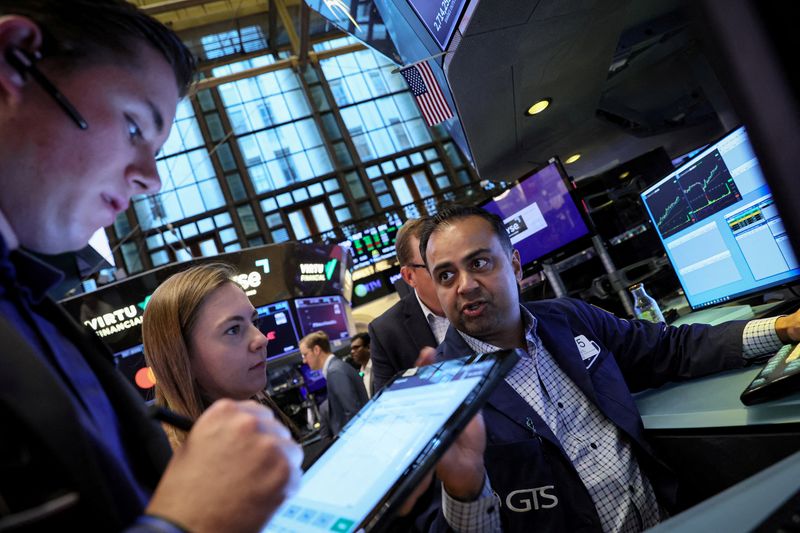As you may know, I’ve long advocated the abolition of federal deposit insurance. I believe that a free market would provide people with safe places to store wealth, such as narrow banks and MMMFs that invest in T-bills. But my proposal is not politically feasible, at least for the foreseeable future.
Josh Hendrickson has a post entitled:
It addresses moral hazard in a way that seems more politically feasible than abolishing FDIC:
This raises a natural question. If shareholders prefer more volatile assets and depositors prefer less volatile assets, how can the preferences of depositors and shareholders be aligned to avoid the insolvency risk just described?
Historically, shareholders of banks were subject to multiple liability. The most common version of this seems to have been double liability. The way that this worked is that a shareholder would buy X dollars worth of stock in the bank. If the bank become insolvent, not only did the shareholder lose his X dollars, but the shareholder was also responsible for compensating depositors using up to X additional dollars of the shareholder’s own personal wealth. This is referred to as double liability since a shareholder investing X dollars in the bank would have a maximum loss of 2X dollars.
It is easy to see how this sort of arrangement would help to navigate the conflicting visions of depositors and shareholders with regards to what banks should do. Multiple liability aligns the financial incentives of the shareholders with those of the depositors by making shareholders responsible for depositor losses.
I like that idea. I’m no expert on banking, but what about simply requiring people (and institutions) that purchase bank stock to make and hold deposits in the bank that are equal to the size of their equity purchase. If you buy $1 million in Republic Bank stock, you must also deposit $1 million into Republic Bank and hold it there until you sell your stock. In that case, the FDIC could continue insuring ordinary deposits, but these special deposits of bank shareholders would be uninsured. (Shareholders could hold other insured deposits, apart for these uninsured accounts.)
From the shareholder perspective, this would double the cost of a bank failure, and reduce the incentive to take excessive risks. It’s also an approach that utilizes market forces. When it comes to regulation, bureaucrats will never be able to anticipate all of the different ways that a bank might screw up. In this proposal, the market is automatically moving banks closer to alignment with uninsured depositors.
PS. This picture shows the FDIC headquarters. Ironically, my old employer (Mercatus Center) is right next door.)
















